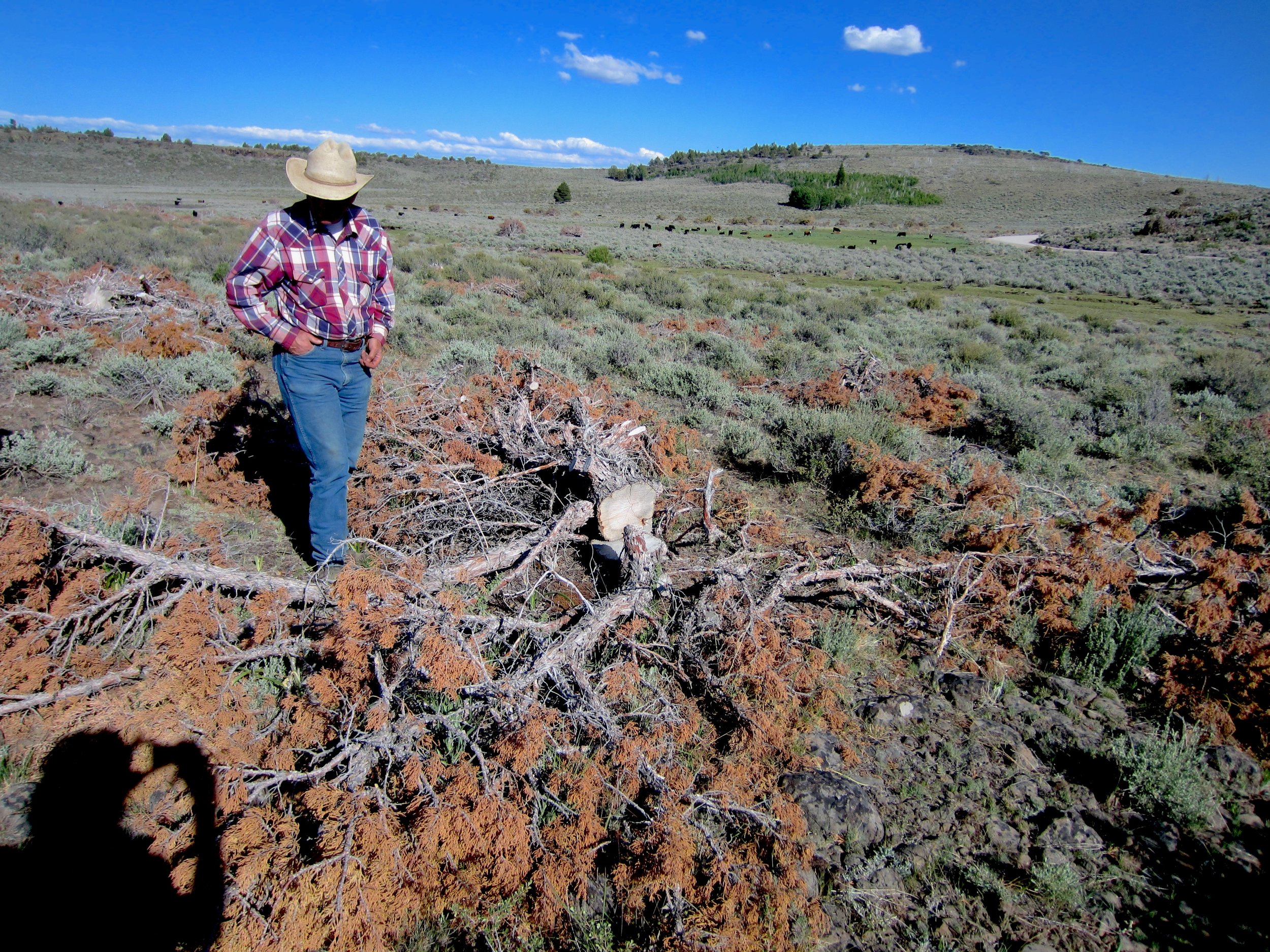-

·
Working Lands and Habitat Get Boost from RCPP
After the crew at the Holiday Ranch heard about the opportunity to increase irrigation efficiency through the Natural Resources Conservation Service’s (NRCS) Environmental Quality Incentives Program (EQIP) from others in California’s ranching community, they were interested in getting involved. Even though the ranch is based in Cottonwood, California, ranch crew member Justin Zacharias said it…
-

·
Telling the Story of the Klamath Basin
The Klamath Basin provides a disproportionately high abundance of important habitat for waterfowl and waterbirds during spring and fall migration and the breeding season. The Basin is characterized by a complex set of water-related challenges that require sensitivity to partner readiness and timing. In 2018, the IWJV launched the Water 4 program to bring diverse…
-

·
Bruce Taylor Leaves Indelible Mark in Oregon
If you have worked in Oregon’s conservation community for any length of time, chances are you either know Bruce Taylor or have heard his name. He has been involved in hundreds of conservation projects throughout the state and has routinely brought partners together to collaborate. He has also been instrumental in helping partners secure the…
-

·
SageCon Invasives Initiative: Hot on the Horizon in Oregon’s Rangelands
The wildfire and invasive fuels problem will not be solved in silos around the West. The Oregon-based Sage-Grouse Conservation Partnership (known as SageCon) launched its Invasives Initiative to strategically link local and regional invasive grass efforts. “Working with noxious weeds is like a bare-knuckled bar brawl. Some years you gain ground, others you get beat,…
-

·
Woven Together by Water: Ecosystems, Communities, and Irrigation in the Klamath Basin
“If we have an adequate water supply in the Basin, we can make a lot of habitat available for wildlife.” Luther Horsley, Klamath Basin farmer Growing cereal grains, like growing any other crop, takes time, patience, and hard work. For generations, farmers in the Klamath Basin have produced grains like barley that are used for…
-

·
Farming and Wetlands Coexist in the Klamath Basin
From the top of Wild Horse Butte in southeastern Oregon, the Klamath River snakes through tule bulrush and cattails on Furber Marsh to the north. In the opposite direction, Lower Klamath National Wildlife Refuge (NWR) stretches out to the mountains on the southern horizon, its flooded parcels glinting in the afternoon sunlight. This vantage makes…
-

·
Community Partnerships in Action: Warner and Vya Regions, CA/NV/OR Borders
Collaboration in Sagebrush Country This story is brought to you by the partnership between the Intermountain West Joint Venture and the Bureau of Land Management as part of a series highlighting local success stories and what made them possible. The Place In the northern Great Basin, low sagebrush and mountain big sagebrush roll across the arid landscape,…
-

·
NAWCA: Preserving Working Wet Meadows in SONEC
In the Intermountain West, two landscapes stand out for their continental-scale significance to migratory birds: 1) the Great Salt Lake–Bear River watershed, and 2) the Southern Oregon–Northeastern California (SONEC) region. The North American Wetlands Conservation Act (NAWCA) program was signed into law in December of 1989 as a new continental conservation funding mechanism and…
-

·
Outcome-based Evaluation of Conifer Removal in Lakeview, Oregon
The overall objective of a study conducted by Oregon State University and partners has been to expand the existing database and provide a longer-term assessment of the effects of juniper removal on sage grouse habitat use and demography. The specific objectives that have reached conclusion are: 1) modeling of sage grouse habitat selection during nesting…
Region: Oregon
-

·
Outcome-based Evaluation of Conifer Removal in Lakeview, Oregon
The overall objective of a study conducted by Oregon State University and partners has been to expand the existing database and provide a longer-term assessment of the effects of juniper removal on sage grouse habitat use and demography. The specific objectives that have reached conclusion are: 1) modeling of sage grouse habitat selection during nesting…